When we think of tick control, we might immediately call to mind yard spray.
But have you ever considered the benefits of tick control tubes? Have you even hard about them? Here in Massachusetts, ticks are undoubtedly a problem. Thing is, ticks are not simply relegated to a three-month season, after which they die or disappear. Historically, our winters might have been cold enough to combat tick populations. However, today is much different. Fall is yet a transitions season into our cold weather season, but the definition of cold winters in Massachusetts has changed. Therefore, ticks remain an issue all year long.

Tick control tubes pick up where Mother Nature leaves off.

Mother Nature might have taken a cold weather hiatus in our area – perhaps for good and all. And while Massachusetts residents might enjoy the reprieve from constant snow shoveling and layering up just to run to the mailbox each day, ticks also benefit from milder winter seasons. They are surviving and thriving. When temperatures cool below 45 degrees consistently, ticks cozy up beneath ground litter, living amongst the rodent population, and sometimes continuing to feed on them. Enter, your frontline tick defense – tick control tubes!
Also read: What is a tick control tube?
How do tick control tubes work?
If you are thinking that ticks just meander their way into tick control tubes, think again. They might look a bit like a trap or a lure, but the fact is, nothing lures ticks except warm-blooded animals on which they feed. This is where Mother Nature actually begins to help. The natural drive of ground rodents, such as mice, has them scrounging for materials to build their nests when it’s cold outside. Tick tubes are the vehicle for providing those materials, as they are filled with comfy cotton that will be perfect for creating a cozy habitat. This cotton, however, is covered with tick eliminating insecticide. It eliminates ticks that try to feed on the mice or live in their nests. It does not adversely affect the mice whatsoever. Tick tubes are the most effective method of getting to ticks and their offspring where they live in the fall and winter. You will notice fewer ticks on your property in the spring.
Weymouth tick control is set it and forget it!
By employing a Weymouth tick control specialist to place tick tubes around your property this time of year, you are investing in peace of mind all year. This ingenious method of killing ticks is the key to reducing the number of ticks and the number of tick-borne illnesses in Massachusetts.
Also read: Is Powassan virus in Massachusetts?
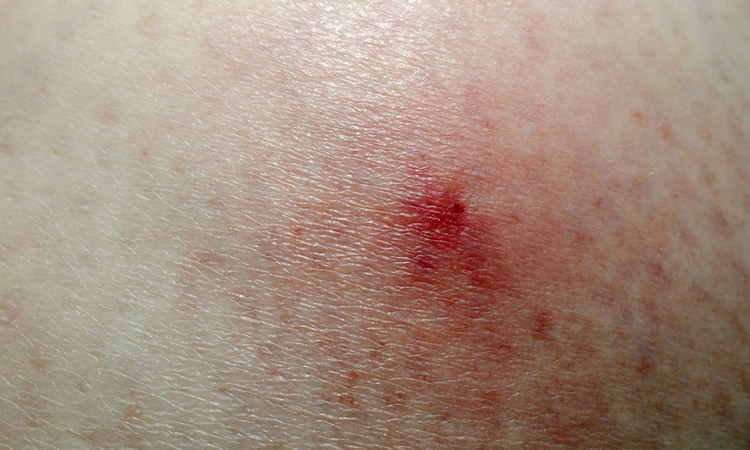
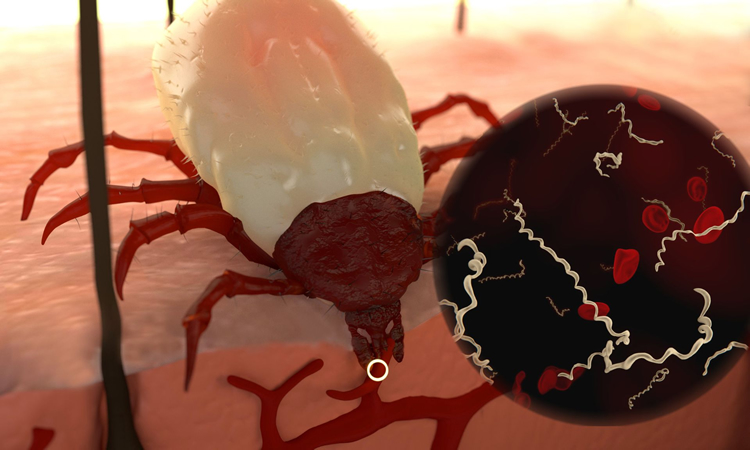
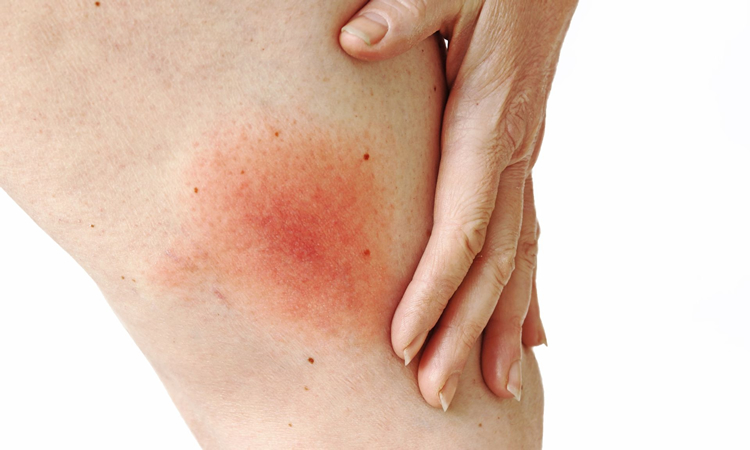

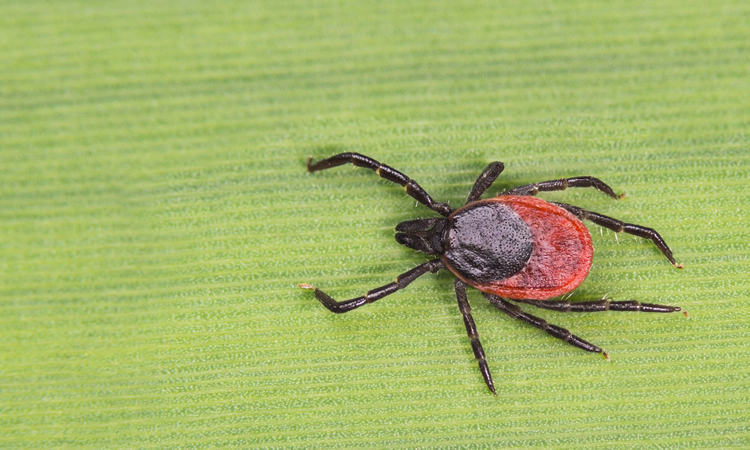
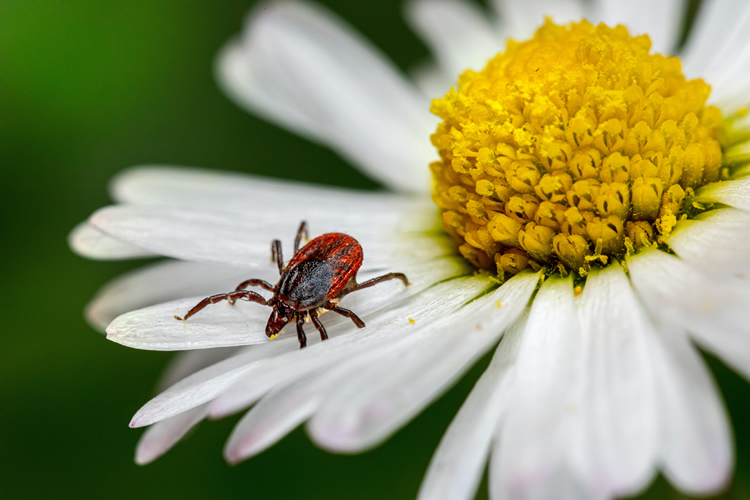



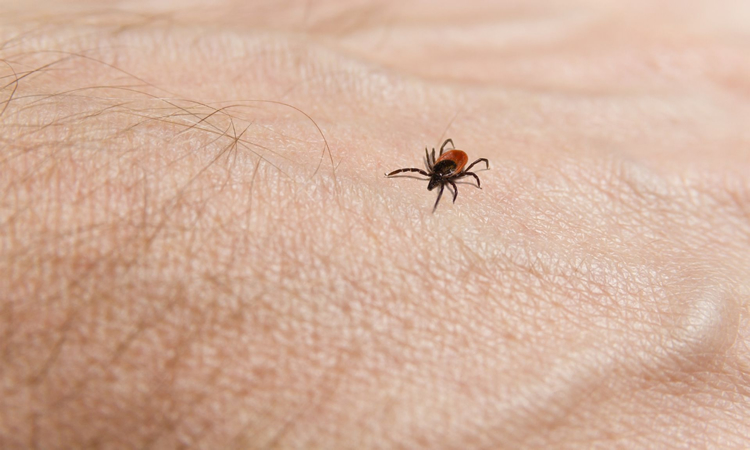
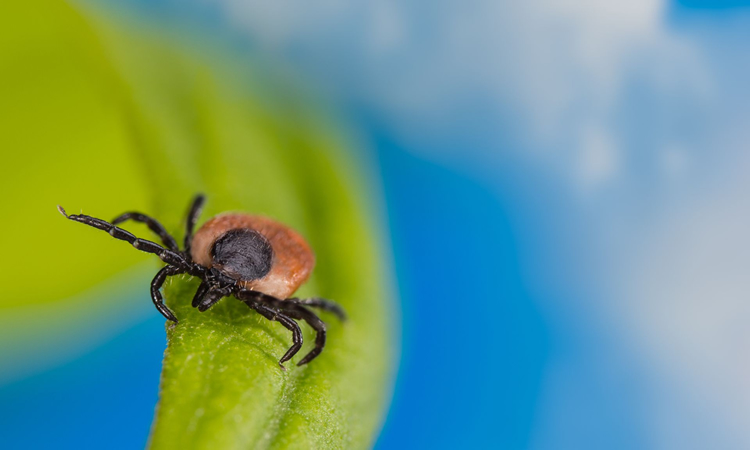

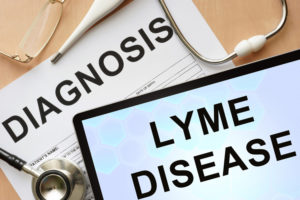 Lyme disease
Lyme disease Create a tick-free zone around your house: Keep your lawn well-manicured; the shorter, the better. Create a tick barrier between your lawn and taller grasses or brush by using materials unfriendly to ticks, like gravel. Eliminate mouse habitats throughout your property. And add a deer fence to protect your garden.
Create a tick-free zone around your house: Keep your lawn well-manicured; the shorter, the better. Create a tick barrier between your lawn and taller grasses or brush by using materials unfriendly to ticks, like gravel. Eliminate mouse habitats throughout your property. And add a deer fence to protect your garden. As the age old axiom goes, “An ounce of prevention is worth a pound of cure.” By employing the protective
As the age old axiom goes, “An ounce of prevention is worth a pound of cure.” By employing the protective 
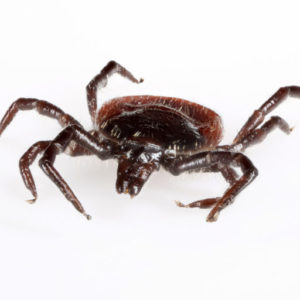
 Enlist help from a reputable tick control company, you’ll have access to year-round protection for ticks. And, if you’re not aware, ticks are definitely a year-round problem in our area. The brown dog tick is able to complete its entire life cycle indoors. f this tick gets into your home during the summer or fall, you could have a full-blown infestation in the winter. It’s good to know that expert help is just a call away. Ticks can also enter your home during the colder months of the year by hitching a ride on rodents. Mice and rats carry ticks and spread them to unexpected locations.
Enlist help from a reputable tick control company, you’ll have access to year-round protection for ticks. And, if you’re not aware, ticks are definitely a year-round problem in our area. The brown dog tick is able to complete its entire life cycle indoors. f this tick gets into your home during the summer or fall, you could have a full-blown infestation in the winter. It’s good to know that expert help is just a call away. Ticks can also enter your home during the colder months of the year by hitching a ride on rodents. Mice and rats carry ticks and spread them to unexpected locations. 

 Having your backyard and surrounding property professionally treated with professional
Having your backyard and surrounding property professionally treated with professional